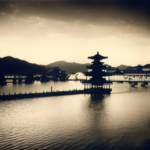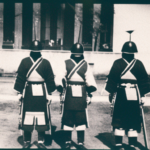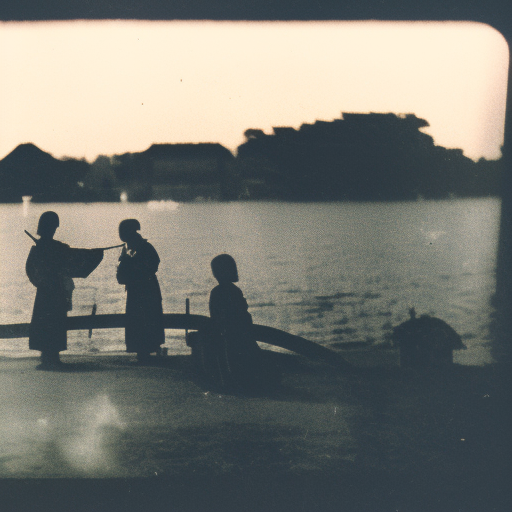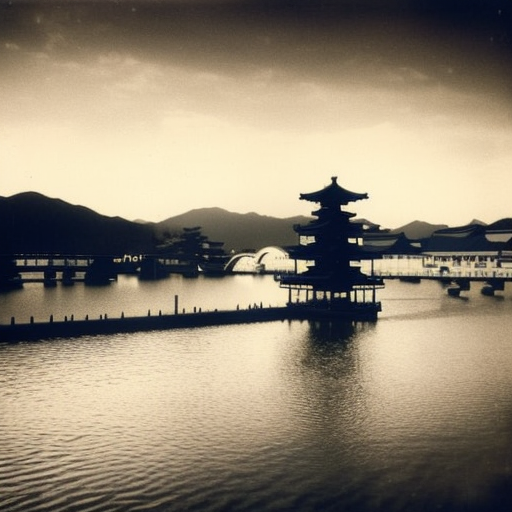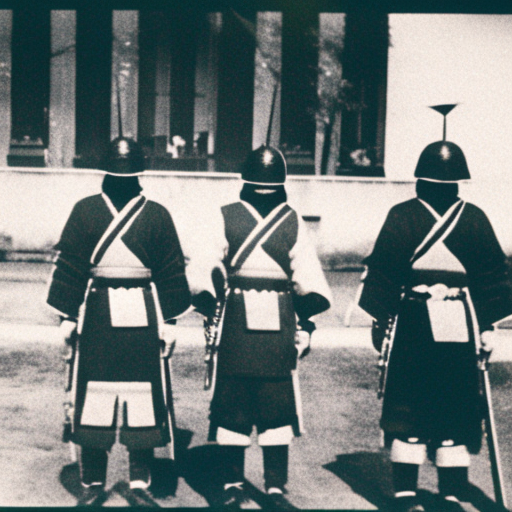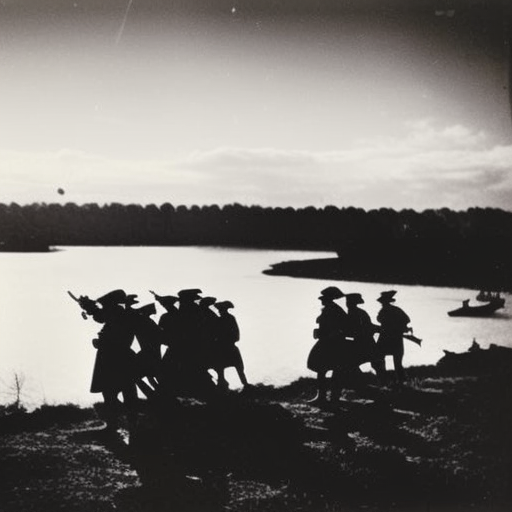The Japanese Feudal Period
The Japanese Feudal Period, also known as the Kamakura Period (1185-1333) and the Muromachi Period (1336-1573), was a time of political and social change in Japan. It was characterized by the dominance of the samurai warrior class, the rise of powerful regional warlords, and the decentralization of political power.
Background: The Feudal Period in Japan began with the establishment of the Kamakura Shogunate in 1185. This marked the end of the Heian Period and the beginning of a new era of military rule. The Minamoto clan emerged victorious in the Genpei War and their leader, Minamoto no Yoritomo, became the first shogun.
The Kamakura Shogunate:
Under the Kamakura Shogunate, the samurai class gained prominence and became the ruling elite. The shogun held the highest authority, but real power was often in the hands of regional warlords known as daimyo. The daimyo controlled their own territories and maintained their own armies, pledging loyalty to the shogun in exchange for protection.
The samurai followed a strict code of conduct known as bushido, which emphasized loyalty, honor, and self-discipline. They were skilled warriors who served their lords and protected their lands. The samurai class was organized into a hierarchical system, with the shogun at the top, followed by daimyo, samurai, and then commoners.
The Ashikaga Shogunate:
The Kamakura Shogunate was eventually overthrown by the Ashikaga clan, leading to the establishment of the Ashikaga Shogunate in 1336. This period, known as the Muromachi Period, saw a further decentralization of power as the shogun struggled to maintain control over the daimyo.
During the Muromachi Period, Japan experienced a period of cultural and artistic flourishing. Zen Buddhism gained popularity, and the tea ceremony, Noh theater, and ink painting became prominent forms of artistic expression. However, political instability and internal conflicts plagued the country.
The Warring States Period:
The Muromachi Period eventually gave way to the Warring States Period (1467-1568), a time of intense warfare and political chaos. Daimyo fought against each other for control of territory, leading to the rise of powerful warlords such as Oda Nobunaga, Toyotomi Hideyoshi, and Tokugawa Ieyasu.
Oda Nobunaga, known for his military prowess, sought to unify Japan under his rule but was assassinated before he could achieve his goal. Toyotomi Hideyoshi, one of Nobunaga’s generals, continued his efforts and succeeded in bringing most of Japan under his control. However, it was Tokugawa Ieyasu who ultimately emerged victorious and established the Tokugawa Shogunate in 1603.
The Legacy:
The Japanese Feudal Period had a lasting impact on the country’s social and political structure. The samurai class remained influential until the Meiji Restoration in 1868, when Japan underwent a period of modernization and westernization. The feudal system was abolished, and power was centralized under the emperor.
The Feudal Period also shaped Japanese culture and art. The ideals of bushido, the tea ceremony, Noh theater, and Zen Buddhism continue to influence Japanese society today. The period’s legacy can be seen in the popularity of samurai films, traditional martial arts, and the preservation of historical castles and temples.
In conclusion, the Japanese Feudal Period was a time of political and social change, marked by the dominance of the samurai class, the rise of regional warlords, and the decentralization of power. It laid the foundation for Japan’s future development and left a lasting impact on its culture and society.
